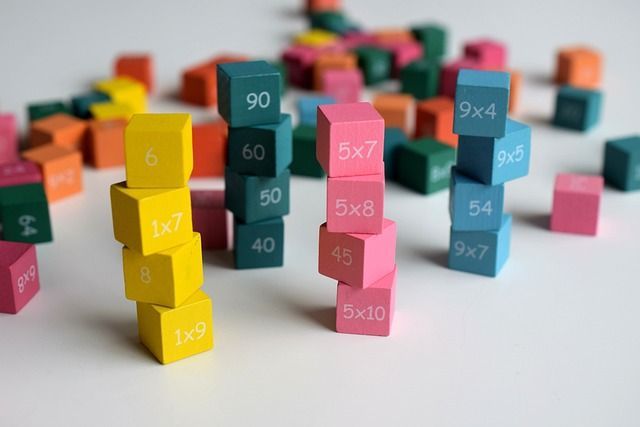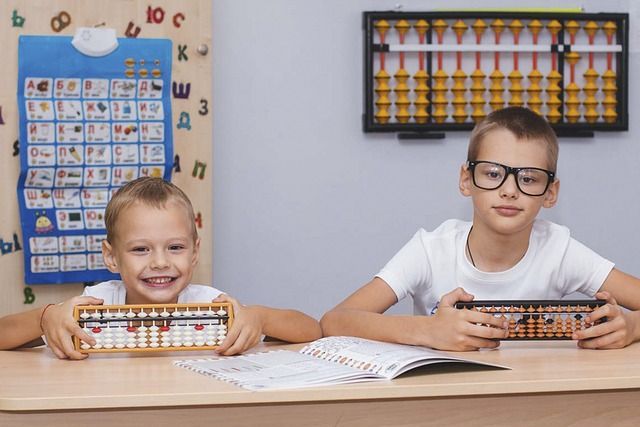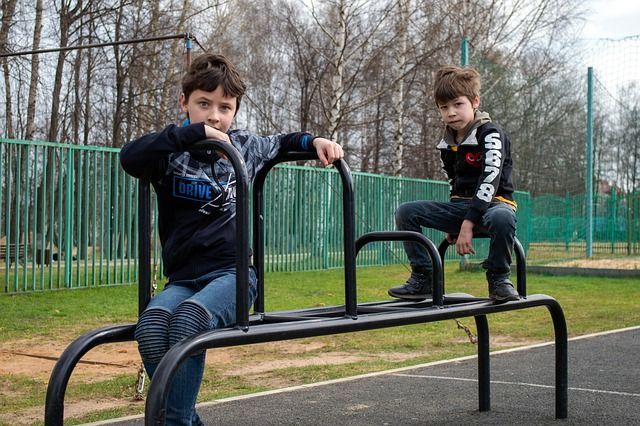7 Simple Kids’ Friendship Activities to Build Empathy and Kindness
Friendship is one of the biggest life skills kids will ever learn. Reading and math matter, but knowing how to share, listen, and care for others shapes a child’s future just as much. When schools in places like Southport, NC or Raleigh, NC invest in friendship lessons, classrooms feel calmer, and kids feel safer.
Parents and teachers often ask me about teaching friendship in simple, practical ways. The good news? You don’t need fancy programs. You just need the right tools and a little practice. With the right kids’ friendship activities, children learn to build bonds that last.
What You Will Need
Think of this as your friendship toolkit. A mix of stories, props, and praise turns lessons into everyday life skills.
Children’s books on friendship. Colorful stories help kids picture kindness and empathy. Books spark conversations and give kids role models to copy.
Art supplies. Crayons, stickers, and paper let kids create friendship cards or posters. Art is a hands-on way to talk about feelings.
Role-play props. Puppets, hats, or toys make practice fun. Acting out friendship scenarios helps kids see what sharing or solving problems looks like.
Safe, cozy space. A circle on the floor or a calm corner invites open talk. Kids share more when they feel included.
Positive reinforcement tools. Stickers, charts, or simple praise motivate kids. Celebrating even small acts of kindness builds confidence fast.
With these tools ready, lessons flow smoothly. Kids start practicing friendship in a natural, joyful way.
👉 Want more ideas? Read Simple Tips on How to Help Your Child Make Friends
Teaching Friendship Step 1: Create an Empathy Foundation
Friendship starts with empathy. Kids need to learn how to notice feelings in themselves and others. Without this, friendship can feel like guessing a puzzle with missing pieces.
Use emotion cards. Simple cards with faces—happy, sad, mad, excited—make feelings easy to spot and name. Kids connect words to emotions and begin to see them in friends too.
Model empathy. Kids copy what adults do. When you stop and say, “I see you’re frustrated,” you’re teaching kindness in action. Everyday moments are your best lessons.
Play “How would you feel?” Tell short stories and ask, “What if this happened to you?” These questions stretch imagination and grow empathy.
When kids learn empathy, they don’t just understand their friends better—they start acting in thoughtful, caring ways. That’s the heart of real friendship.
👉 In schools from Wilmington, NC to Brunswick County, NC, I’ve seen empathy lessons change classrooms. Kids who feel understood are more likely to include others and less likely to lash out.
Teaching Friendship Step 2: Practice Sharing and Taking Turns
Sharing is the handshake of friendship. But it doesn’t always come easy—especially with favorite toys or games. Turning it into play makes the lesson stick.
Play sharing games. Board games, ball toss, or partner challenges teach kids how to wait and take turns. Fun keeps the stress low.
Use timers. A visual timer shows kids how long to wait. This makes fairness clear and cuts down on arguments.
Praise generosity. Catch kids sharing and say it out loud: “I love how you gave your friend a turn!” Kids repeat what gets noticed.
Sharing isn’t about being perfect. It’s about practicing habits that build respect. Make it playful, and kids will surprise you with how quickly they grow.
👉 If you’re looking for easy kids’ friendship activities, check out Simple Tips on How to Help Your Child Make Friends
Teaching Friendship Step 3: Encourage Effective Communication
Good friends talk and listen. That sounds simple, but kids often need practice to get it right. Clear words and patient ears build strong friendships.
Teach “use your words.” Role-play moments where kids say, “I feel…” or “Can I please…?” This gives them a toolbox for clear, kind requests.
Practice listening. Play games like “telephone” or partner talks. Show kids how to look at the speaker and nod. Listening is more than waiting for your turn—it’s showing you care.
Use “I” messages. Instead of blaming, teach kids to say, “I feel sad when…” This lowers tension and opens real conversations.
When kids learn to speak up and listen well, friendships get smoother. Misunderstandings shrink, and trust grows.
👉 In places like Southport, NC and Raleigh, NC, school assembly presenters like me often show how communication games can boost confidence. Kids love it when learning feels like play.
Teaching Friendship Step 4: Develop Conflict Resolution Skills
Friends don’t always agree. That’s normal. The real skill is knowing how to fix problems without fights or hurt feelings.
Teach simple steps. Show kids this pattern: stop, think, talk, solve. Breaking conflict into small steps makes it easier.
Role-play fights. Act out common problems—like two kids wanting the same toy. Practice saying sorry, asking for fairness, or agreeing to share. Kids learn better when they rehearse.
Stay calm. Teach kids to use quiet voices and respectful words. When emotions cool down, solutions come faster.
Conflict is not the end of a friendship. With the right tools, it can make bonds even stronger.
👉 Want more teaching friendship tips? Read Simple Tips on How to Help Your Child Make Friends
Teaching Friendship Step 5: Foster Inclusivity and Kindness
Real friends don’t make secret clubs or leave people out. They welcome others in. Teaching inclusivity helps kids grow into kind, caring people.
Practice greetings. Role-play saying, “Hi, want to play?” These small words can change someone’s day.
Celebrate differences. Talk about what makes each child unique—talents, looks, or cultures. Show kids how to use positive words to lift each other up.
Encourage random kindness. Suggest sneaky nice acts like sharing a snack or helping a classmate. Kids love kindness when it feels fun and surprising.
When kindness becomes a habit, classrooms feel safer and friendlier. Everyone belongs.
👉 I’ve seen this in schools from Wilmington, NC to Brunswick County, NC. When kids learn kindness early, bullying drops, and friendships bloom.
Teaching Friendship Step 6: Reinforce Through Play and Storytelling
Kids learn best when they’re having fun. Games and stories turn friendship lessons into something they’ll remember.
Play teamwork games. Treasure hunts, fort-building, or group challenges let kids practice sharing, listening, and problem-solving while laughing together.
Use stories. Read or tell tales about kindness and honesty. Pause to ask, “What would you do?” or “How did that make the character feel?” Stories make lessons stick.
Make friendship art. Try posters, chains of kind words, or cards for classmates. Art gives kids a way to show friendship in bright, colorful ways.
Play and stories aren’t just for fun—they’re engines for building strong friendships that last.
👉 For more kids’ friendship activities, check out Simple Tips on How to Help Your Child Make Friends
Teaching Friendship Step 7: Reflect and Celebrate Progress
Friendship takes time to grow. Stopping to reflect and celebrate shows kids how far they’ve come—and keeps them motivated.
Hold sharing circles. Let kids talk about what’s working and what’s hard. Hearing each other’s stories builds trust.
Show progress. Use charts, stickers, or small awards for kindness, empathy, or good listening. Kids love seeing their efforts add up.
Set small goals. Help kids choose simple targets like, “I’ll say hello to someone new today.” Goals turn big ideas into easy wins.
Celebrating progress makes friendship lessons fun and exciting. Kids feel proud and ready to keep growing.
👉 In schools across Southport, NC and Raleigh, NC, I’ve seen how reflection and recognition turn lessons into habits. With the right support, kids don’t just learn friendship—they live it.
Conclusion
Friendship isn’t automatic—it’s taught and practiced. With the right mix of empathy, sharing, communication, and kindness, kids learn how to be true friends. These lessons shape not just playtime, but life itself.
I’ve seen it in schools across Wilmington, NC, Brunswick County, NC, and beyond. When teachers, parents, and even school assembly presenters like me focus on teaching friendship, kids feel more connected, safer, and happier.
Want easy ways to get started? Try some of these kids’ friendship activities at home or in the classroom. And don’t miss Simple Tips on How to Help Your Child Make Friends
And be sure to check my amazing school assembly, "SMILE! It's Magic!" It's full of confidence-building lessons, magic, and interactive fun. Get more details today!
SHARE POST



